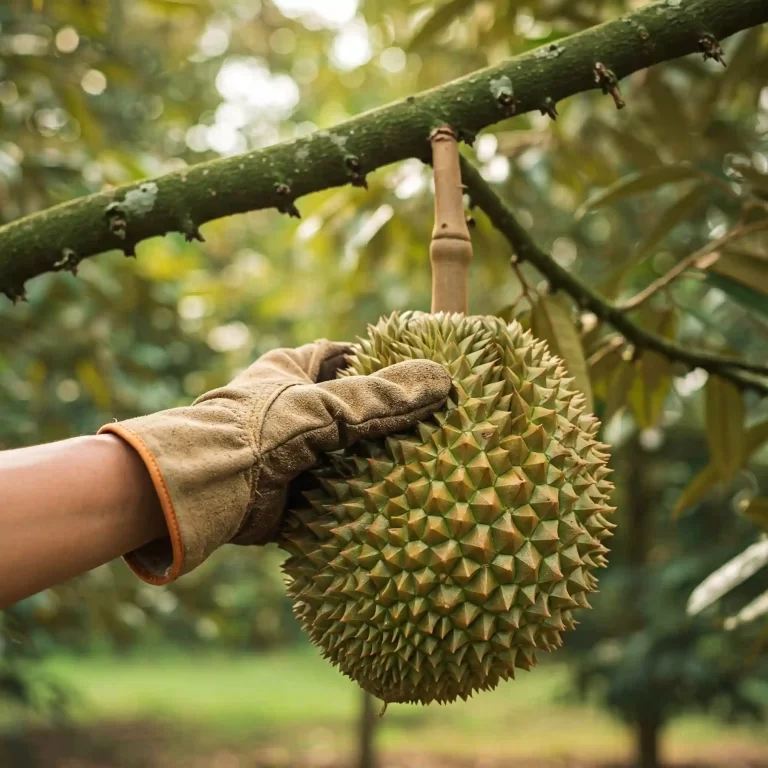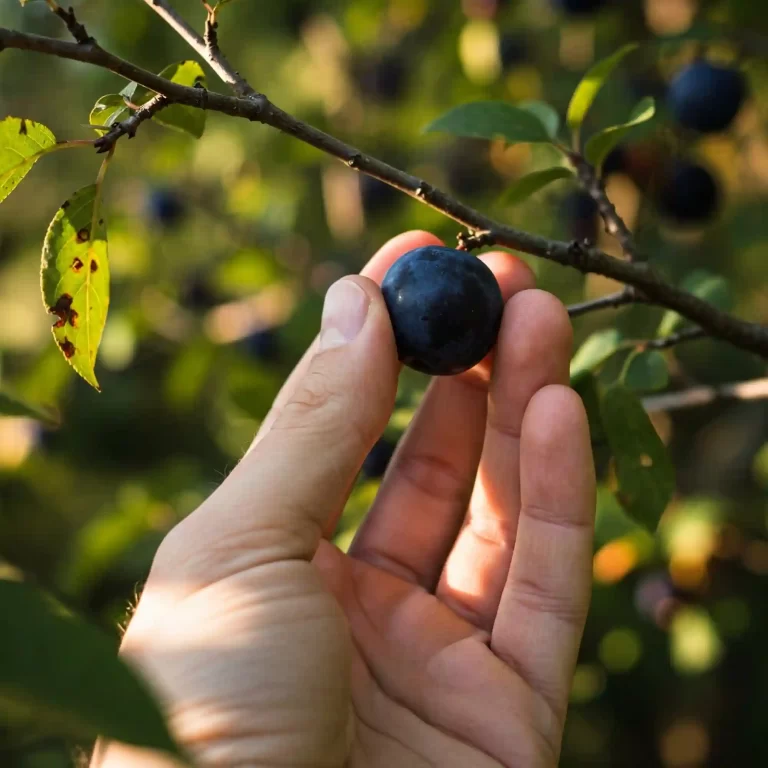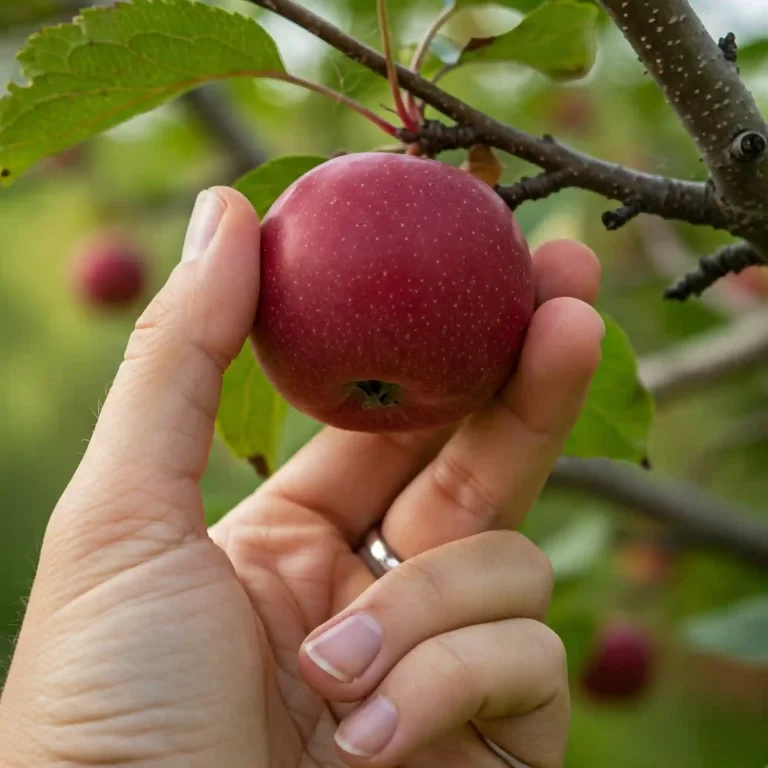Are you struggling to keep your plants healthy and vibrant? Have pests, diseases, or nutrient deficiencies taken a toll on your garden? If so, foliar sprays might be the solution you’ve been looking for. Foliar sprays, when used correctly, can provide a targeted and effective way to address various plant health issues.
In this comprehensive guide, we’ll delve into the world of foliar sprays, exploring their benefits, types, application techniques, and troubleshooting tips. Whether you’re a seasoned gardener or just starting out, this information will empower you to make informed decisions and achieve optimal plant health.
Understanding Foliar Sprays
Foliar sprays are liquid solutions applied directly to the leaves of plants. They can be used for a variety of purposes, including:
- Nutrient supplementation: Providing essential nutrients that may be lacking in the soil.
- Pest control: Targeting specific insects, mites, or other pests.
- Disease prevention: Protecting plants from fungal, bacterial, or viral infections.
- Plant health enhancement: Improving overall plant vigor and vitality.
How Foliar Sprays Work
Foliar sprays work by being absorbed through the leaves and stems of plants. This allows for rapid and targeted delivery of nutrients, pesticides, or fungicides.
Benefits of Using Foliar Sprays
- Quick results: Foliar sprays can provide immediate relief for stressed or ailing plants.
- Targeted application: They allow for precise delivery of specific nutrients or treatments.
- Flexibility: Foliar sprays can be used on a variety of plants, including trees, shrubs, vegetables, and flowers.
- Complementarity: They can be used in conjunction with other plant care practices, such as soil amendments and watering.
Types of Foliar Sprays
There are several types of foliar sprays available, each with its own specific benefits and uses:
- Fertilizers: Provide essential nutrients like nitrogen, phosphorus, and potassium.
- Pesticides: Control insects, mites, and other pests.
- Fungicides: Prevent and treat fungal diseases.
- Micronutrient sprays: Supply essential micronutrients that may be lacking in the soil.
Choosing the Right Foliar Spray
When selecting a foliar spray, it’s important to consider the following factors:
- Plant type: Different plants have different nutritional needs and may be susceptible to specific pests or diseases.
- Problem to be addressed: Identify the specific issue you’re trying to resolve (e.g., nutrient deficiency, pest infestation, disease outbreak).
- Product formulation: Choose a product that is appropriate for your plant type and the problem at hand.
Reading and Understanding Product Labels
Before applying any foliar spray, carefully read and understand the product label. Look for information on:
- Active ingredients: The specific chemicals contained in the product.
- Target pests or diseases: The types of problems the product is designed to address.
- Application rates: The recommended dosage for different plant types.
- Safety precautions: Important safety information, such as protective gear and storage guidelines.
Essential Foliar Sprays for Every Gardener
Foliar sprays are indispensable tools for maintaining healthy and vibrant plants. Here are some essential types of foliar sprays that every gardener should be familiar with:
1. Foliar Fertilizers
Foliar fertilizers are a convenient and efficient way to provide plants with essential nutrients. They can be particularly beneficial for plants that are struggling due to nutrient deficiencies or poor soil conditions.
- Types of foliar fertilizers:
- Nitrogen: Promotes plant growth and green foliage.
- Phosphorus: Enhances root development and flowering.
- Potassium: Improves plant health and disease resistance.
- Micronutrients: Provides essential trace elements like iron, zinc, and manganese.
- Benefits of foliar fertilization:
- Rapid nutrient uptake
- Improved plant vigor
- Enhanced flowering and fruiting
- Reduced nutrient leaching from the soil
- How to apply foliar fertilizers:
- Dilute the fertilizer according to the product instructions.
- Apply evenly to the leaves and stems of the plants.
- Avoid applying during peak sunlight hours to prevent leaf burn.
2. Foliar Pesticides
Foliar pesticides are used to control a variety of pests, including insects, mites, and weeds. They can be effective in preventing and treating infestations, especially when applied at the first signs of trouble.
- Common pests targeted by foliar pesticides:
- Aphids
- Mealybugs
- Scale insects
- Spider mites
- Caterpillars
- Weeds
- Types of foliar pesticides:
- Insecticides: Control insect pests.
- Herbicides: Control weeds.
- Miticide: Control mites.
- Safety precautions when using foliar pesticides:
- Always read and follow the product label carefully.
- Wear appropriate protective gear, including gloves, eye protection, and respiratory protection.
- Avoid spraying pesticides on windy days to prevent drift.
- Store pesticides in a secure location out of the reach of children and pets.
3. Foliar Fungicides
Foliar fungicides are used to prevent and treat fungal diseases, which can cause significant damage to plants. They can be particularly effective in controlling diseases that affect leaves, stems, and flowers.
- Common plant diseases treated with foliar fungicides:
- Powdery mildew
- Rust
- Blight
- Canker
- Black spot
- Types of foliar fungicides:
- Broad-spectrum fungicides: Effective against a wide range of fungal pathogens.
- Specific-action fungicides: Target particular types of fungi.
- How to apply foliar fungicides:
- Apply at the first signs of disease or as a preventative measure.
- Follow the product label for application rates and timing.
- Ensure thorough coverage of the affected plant parts.
How to Apply Foliar Sprays Effectively
Proper application is essential for maximizing the benefits of foliar sprays. Here are some tips for effective application:
Timing:
- Avoid peak sunlight hours: Applying foliar sprays during the hottest part of the day can lead to leaf burn.
- Consider weather conditions: Choose a calm day with low humidity to prevent spray drift and maximize absorption.
Dilution:
- Follow product instructions: Always adhere to the recommended dilution ratios to ensure proper application.
- Use a calibrated sprayer: This will help you apply the correct amount of solution.
Application methods:
- Sprayers: Backpack sprayers, hand sprayers, and electric sprayers are common options.
- Misters: Fine mist sprayers can be used for delicate plants or for applying micronutrient solutions.
- Drenching: For large plants or to treat specific areas, drenching the leaves and stems with the solution can be effective.
Safety precautions:
- Wear protective gear: This includes gloves, eye protection, and respiratory protection, especially when using pesticides or fungicides.
- Handle chemicals carefully: Avoid spilling or splashing chemicals on yourself or others.
- Store chemicals properly: Keep them out of the reach of children and pets.
Troubleshooting Common Foliar Spray Issues
Even with careful application, foliar sprays can sometimes cause problems. Here are some common issues and how to address them:
- Leaf burn: If leaves appear scorched or discolored, it may be due to over-application or application during peak sunlight hours. Reduce the application rate or apply during cooler parts of the day.
- Nutrient deficiencies: If plants exhibit symptoms like yellowing leaves or stunted growth, it could be a sign of nutrient deficiency. Adjust your foliar spray regimen to provide the necessary nutrients.
- Ineffective pest or disease control: If foliar sprays are not controlling pests or diseases, consider other factors such as resistance, improper application, or incorrect product selection.
Organic Foliar Sprays: A Natural Approach
For gardeners who prefer organic methods, there are a variety of organic foliar sprays available. These products are derived from natural sources and are generally considered safer for the environment and beneficial insects.
- Benefits of using organic foliar sprays:
- Reduced environmental impact
- Safer for beneficial insects
- Often more natural-looking results
- Popular organic ingredients:
- Neem oil: A natural insecticide and fungicide derived from the neem tree.
- Seaweed extract: Provides essential nutrients and promotes plant health.
- Compost tea: A nutrient-rich liquid made from fermented compost.
- DIY organic foliar spray recipes:
- Milk and water: Diluted milk can be used as a natural fungicide.
- Baking soda and water: A simple solution that can help control powdery mildew.
- Garlic and water: Garlic extract can repel certain pests.
Foliar Sprays for Indoor Plants
Indoor plants also benefit from foliar sprays. However, it’s important to consider the specific needs of indoor plants and the indoor environment when selecting and applying foliar sprays.
- Unique considerations for indoor plant care:
- Lower light levels
- Drier air
- Limited airflow
- Potential for indoor pests
- Popular foliar sprays for indoor plants:
- Indoor plant fertilizers: Provide essential nutrients for indoor plants.
- Indoor plant pesticides: Control common indoor pests like spider mites and mealybugs.
- Micronutrient sprays: Address nutrient deficiencies in indoor plants.
- Indoor plant pests and diseases:
- Common indoor pests include spider mites, mealybugs, and scale insects.
- Common indoor plant diseases include powdery mildew, root rot, and leaf spot.
Foliar Sprays for Lawns and Turf
Foliar sprays can also be used to improve the health and appearance of lawns and turf. By addressing nutrient deficiencies, controlling weeds, and preventing diseases, foliar sprays can help you achieve a lush and vibrant lawn.
- Benefits of using foliar sprays on lawns:
- Improved turf quality
- Enhanced color and density
- Increased disease resistance
- Better weed control
- Common lawn problems addressed by foliar sprays:
- Nutrient deficiencies
- Weeds
- Diseases
- Insect infestations
- Lawn care products to consider:
- Lawn fertilizers: Provide essential nutrients for healthy lawns.
- Weed killers: Control unwanted weeds.
- Disease control products: Prevent and treat lawn diseases.
- Insect control products: Target common lawn pests.
Conclusion
Foliar sprays are a valuable tool for gardeners who want to maintain healthy and vibrant plants. By understanding the different types of foliar sprays, their benefits, and how to apply them effectively, you can improve the overall health and appearance of your garden. Remember to always read and follow product labels, use protective gear, and consider the specific needs of your plants when selecting and applying foliar sprays.



